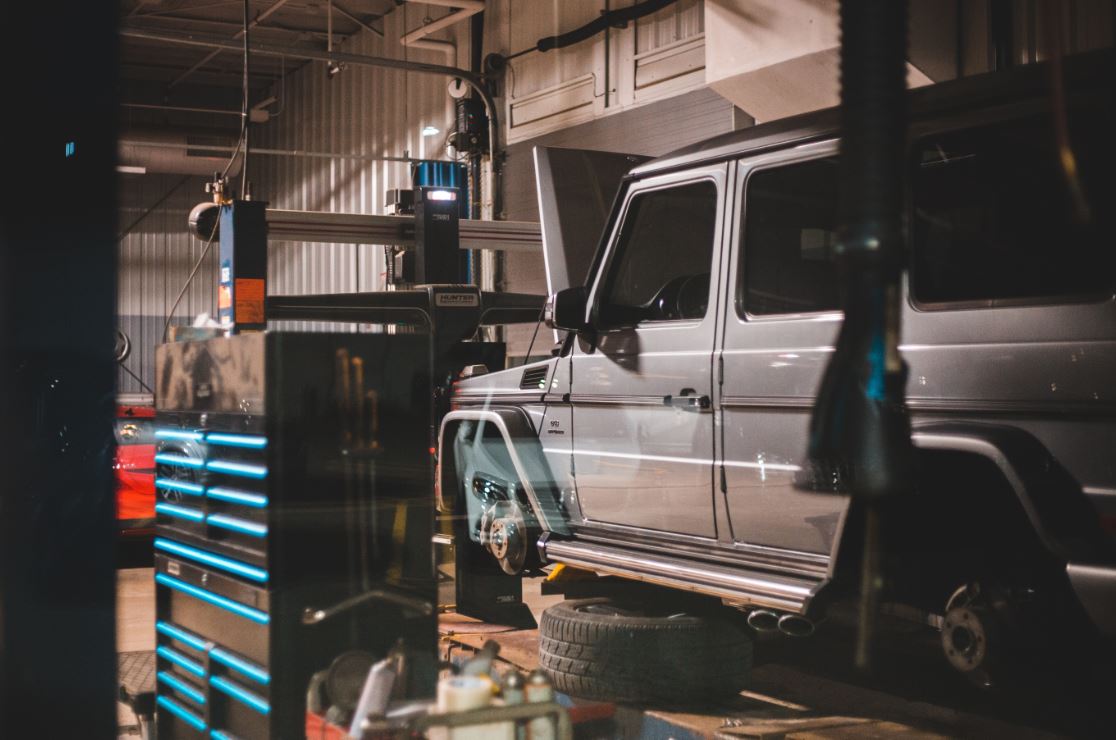One of the biggest concerns for any driver is figuring out what happens when parts of the car start wearing out. Do you have to pay for repairs yourself, or will your wear and tear warranty cover the cost?
Let’s explore this so you don’t face any unpleasant surprises down the line.
What Is Wear and Tear?
Every car part has a lifespan. Over time, through regular use, certain parts naturally wear out. Your brake pads, for example, slowly wear down every time you press the brake pedal. Tyres, suspension parts, and batteries also degrade with time. This gradual deterioration is called wear and tear.
According to legal regulations, it’s the owner’s responsibility to attend to wear and tear items so your car remains safe and roadworthy.
What Does a Manufacturer Warranty Cover?
A manufacturer warranty typically covers defects and failures caused by factory faults or poor workmanship, not issues arising from regular use. This means mechanical and electrical failures caused by inherent defects may be covered, while consumable parts such as brake pads, wiper blades, and tyres usually fall under normal wear and tear.
However, some extended warranties and service plans offer additional protection, including coverage for certain wear and tear components.
What’s Covered By Warranty
Although every warranty is different, let’s take a look at what you can expect to be covered.
Mechanical Failures Due to Factory Defects
If a key component like your engine, gearbox, or transmission stops working because of a defect, your warranty will typically cover the cost of repairs. However, if the failure happens due to neglect (like skipping oil changes), it might not be covered.
Certain Electrical Components
Some parts, like the alternator or starter motor, might be covered under your warranty if they fail due to a manufacturing defect. However, smaller electrical parts like light bulbs and fuses are considered consumables and aren’t covered.
Engine and Transmission Issues
Major engine and transmission problems caused by manufacturing defects are typically covered, but regular servicing is required to keep the warranty valid.
What’s (Usually) Not Covered By Warranty
The following are wear and tear items typically not covered by warranties.
Brake Pads, Discs, and Drums
Since these wear down gradually from everyday use, you’ll need to replace them yourself.
Clutch Plates and Friction Materials
These parts wear out over time, especially if you do a lot of stop-and-go driving, and they’re not usually covered.
Tyres and Wheel Alignment
Tyres naturally wear out and need to be replaced regularly. Wheel alignment is also part of routine maintenance and is not covered by a standard warranty.
Suspension Parts
Shock absorbers, control arms, and other suspension parts degrade over time and are typically not covered under a standard warranty.
Battery Replacement
Most car batteries need to be replaced every few years and are considered a consumable item, so they’re usually not covered unless you have a specific plan that includes them.
Who Pays?
If a covered part fails, your warranty cover should take care of repairing or replacing it. But if the issue is related to normal wear and tear, you’ll likely have to cover the cost yourself.
This is where service plans and maintenance plans come in handy. Some plans offer wear and tear coverage, meaning they will pay for things like brake pads and shock absorbers when they need replacing. Always read the fine print to see what exactly is included in your plan.
Extended Warranties and Additional Cover
If you want more protection than what your manufacturer warranty offers, you can look into an extended warranty. These plans may cover certain wear and tear items, helping you avoid unexpected repair costs.
You also get third-party warranties that extend beyond the manufacturer’s terms. It’s worth shopping around to find one that suits your needs.
Keeping Your Warranty Valid
It’s your job to ensure your warranty stays active and doesn’t get voided. Let’s take a look at how to do this.
Service Your Car Regularly
Stick to the manufacturer’s recommended service schedule. Regular maintenance helps prevent problems and ensures you stay covered.
Use Approved Repair Centres
Many warranties require you to use authorised repair shops or dealerships. If you get repairs done elsewhere, your warranty might no longer be valid.
Know What’s Covered
Read through your warranty agreement carefully so you know which parts are included and which aren’t.
Fix Problems Early
If you notice an issue with your car, don’t ignore it. Minor problems can quickly turn into bigger, more expensive repairs that might not be covered under your warranty.
Extra Protection for Peace of Mind
Understanding the distinction between wear and tear and warranty cover will help you plan ahead and avoid unexpected expenses. While standard warranties do not usually include consumable parts, service plans and extended warranties may help you manage repair costs.
And, if you haven’t already, consider comprehensive car insurance for extra peace of mind. You can get a free quote online in just a few minutes.
Disclaimer
The article aims to provide South African motorists with what they need to know about wear and tear warranties. However, it’s not a complete list. Always do your own independent research.
Get a quote for affordable Comprehensive car insurance for fixed premiums*, reducing excess*, and top-tier service. T&Cs apply.
Please get professional financial advice from a certified financial advisor to ensure you select the appropriate financial services product.
